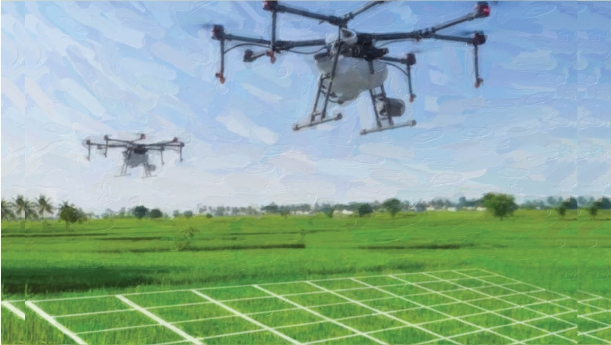
AI-driven agritech solutions hold the potential to eliminate dated farming techniques and unleash the untapped potential of a sector dominated by fragmented land holdings and lack of mechanisation.
Log In or become an AIMA member to read more articles
